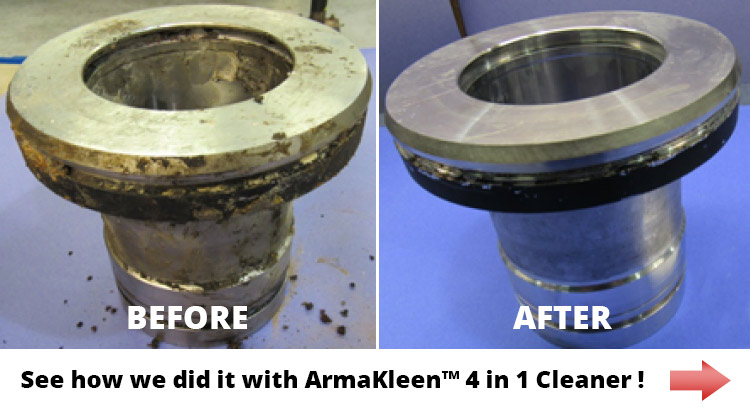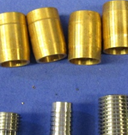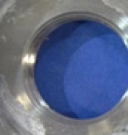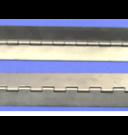How Exactly Do Aqueous Cleaners Remove All That Grease and Oil?
 Earlier on in The Aqueous Cleaning Blog we took a general look at the different aqueous cleaning chemistries that are out there today, as well as the types of soils they can remove.
Earlier on in The Aqueous Cleaning Blog we took a general look at the different aqueous cleaning chemistries that are out there today, as well as the types of soils they can remove.
Now let’s take an inside look at how aqueous cleaners remove petrochemical, plant and animal-based hydrocarbon soils that stick to the surface of your parts and don’t mix very well with water. These are otherwise known as those slimy greases and oils you’ve encountered on your machinery parts.
Perhaps you’ve heard the old adage, “they go together like oil and water,” meaning they don’t mix. These two substances don’t go together at all. So, by definition, if the term aqueous refers to something that’s water-based, and you’re dealing with an oil or grease, how exactly can you make these non-mixable components compatible so the aqueous solution is effective at removing the soil from the part?
This is where cleaners get help from substances called surfactants. A surfactant is an ingredient that tends to reduce the surface tension of a liquid in which it is dissolved. So, by adding a surfactant to a cleaner, chemists are able to break down the boundaries between water and oils or greases.
To make better sense of this, let’s look at a quick chemistry lesson.
 Surfactants contain both hydrophilic, water-loving components, and hydrophobic, or water hating, components that work together to help place oils in suspension, allowing them to be pulled away from the part and into the solution. The water molecules are attracted to the hydrophilic components of the surfactant. The insoluble materials, the oils & greases, are attracted to the hydrophobic components of the surfactant. So as the hydrophobic end attaches to the soils, the hydrophilic end is being pulled by the water which causes the tension necessary to ultimately pull the soil off of the surface of the part.
Surfactants contain both hydrophilic, water-loving components, and hydrophobic, or water hating, components that work together to help place oils in suspension, allowing them to be pulled away from the part and into the solution. The water molecules are attracted to the hydrophilic components of the surfactant. The insoluble materials, the oils & greases, are attracted to the hydrophobic components of the surfactant. So as the hydrophobic end attaches to the soils, the hydrophilic end is being pulled by the water which causes the tension necessary to ultimately pull the soil off of the surface of the part.
It’s not just reliable industrial cleaners that are designed this way — dish detergents, bar soaps, hand soaps, pretty much any soap you interact with regularly, are all made the same way. The only difference is that these commercial soaps target different soils and are not as aggressive.
Industrial cleaners are called on to fight more stubborn soils like engine oils and industrial lubricants; therefore, they need to be much stronger. When it comes to designing a cleaner that can combat oil and grease, surfactants alone aren’t the solution. The environment also needs to be just right. These cleaning chemistries require use in alkaline environments. Alkalinity has the power to change greases and oils, making them more soluble and, therefore, easier to remove.
This is why industrial cleaners also include alkaline builder systems. Depending on the dirt, surface or other criteria, you may want a cleaner with a pH of 8 or 9 (a milder cleaner) or one with a stronger alkaline builder system with a pH of 10 to 12 (a more aggressive cleaner). Most of Armakleen’s products fall within this higher pH range.
Another aspect of aqueous cleaning chemistries that needs to be considered is the use of water itself. Water is actually considered to be a solvent. Have you ever wondered how Niagara Falls came to be, or the mighty Mississippi river got to the ocean? Water did that over time by slowly working on the rock underneath eroding it away. That erosion is the soft dirt (silt) at the bottom of the lake the river flows into, or the sand on the beach you like to walk on. It is all caused by the water (solvent) creating that silt and sand from solid rock as it passes over it.
When combined with surfactant technologies, water becomes a very effective cleaner. One thing to keep in mind when using water to clean parts is that water also causes corrosion in metals. That’s why companies like ArmaKleen include corrosion-inhibitor packages in their aqueous cleaners that not only help protect the parts washer but also the parts that are being cleaned. Corrosion inhibitors can vary depending on the kind of metal you’re dealing with (aluminum, yellow metals, and so forth), so be sure to check that the cleaner you’re using is safe and approved for the substrate you’re cleaning
Knowing your substrate, soil, and making sure you are using the right chemistry will almost get you there. When it comes to cleaning off that oil & grease, paying attention to temperature is very important too. Different cleaning chemistries are targeted to work best in different temperatures. Most surfactants have a preferred temperature range where they are most active and work the best at lifting and removing soils. The temperature of your parts cleaner bath will also improve your parts cleaning operation. Make sure the equipment you choose has the ability to not only achieve the recommended temperature range of your chemistry but also maintain it. Sump size, pump volume, and dwell time of the solution are key components to maintaining your bath temperature and getting you parts clean.
One last thing to keep in mind: when creating an aqueous cleaner to target grease and oil, bubbles are also a consideration. Bubbles are created throughout the entire cleaning cycle, and are a necessary part of the cleaning process. So remember, if you’re cleaning your parts in a spray washer, foaming surfactants are necessary within that cleaner to create the bubbles needed. So to avoid overflowing your washer with an endless stream of bubbly soap, these cleaners must also include de-foaming agents that help break up some of the bubbles during washing and keep the cleaning solution contained and under control.
As you can see, building the right cleaning product is no easy task. It’s not as simple as just mixing some soap and water together and hoping for the best. Formulating aqueous cleaners requires careful consideration, and a great deal of chemical expertise and knowledge of the various surfactant technologies available, in order to be as safe and effective as possible. For more information about ArmaKleen and our products please visit our products page. If you have specific questions about our products or how we might assist you in finding the right chemistry for your cleaning process please contact us through our Ask Andy page.
- Log in to post comments




